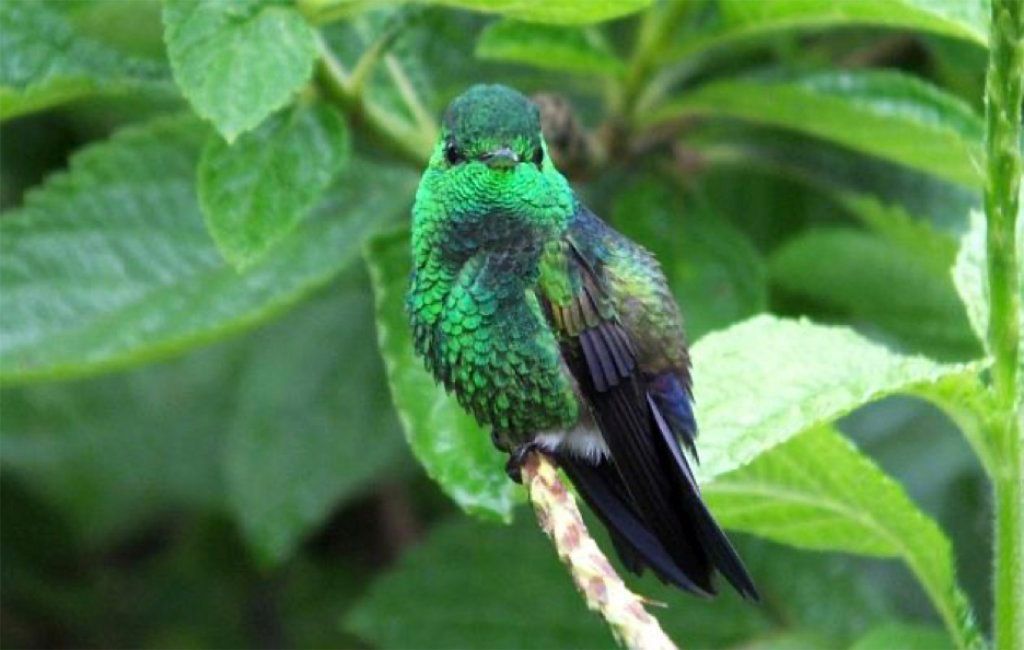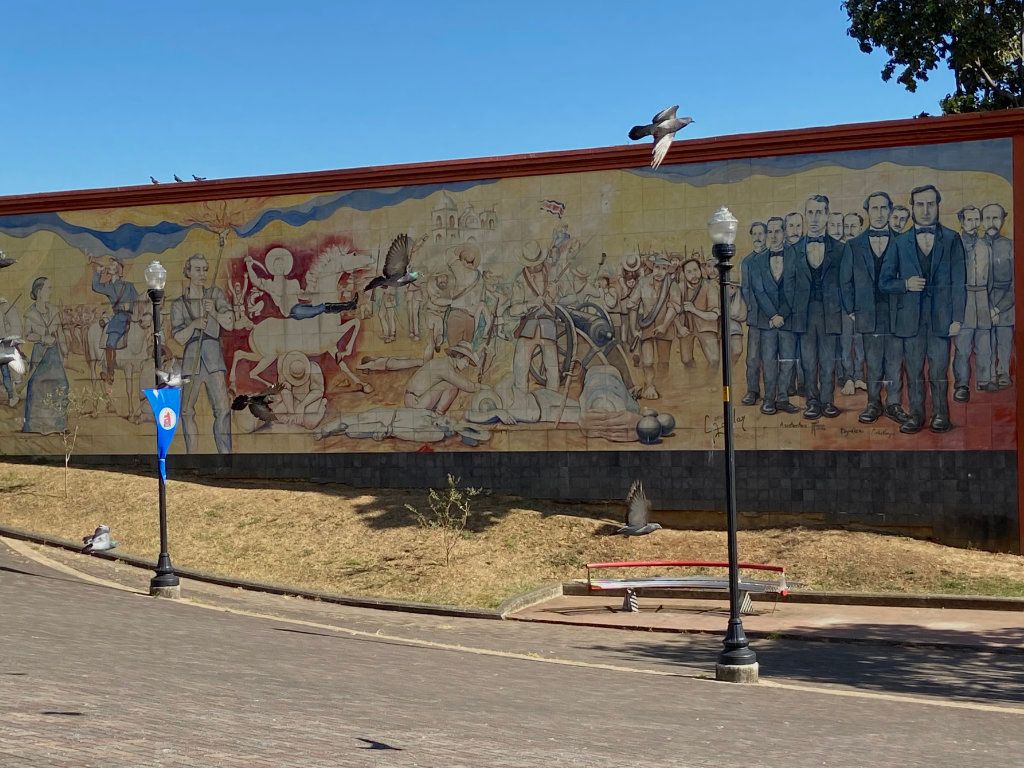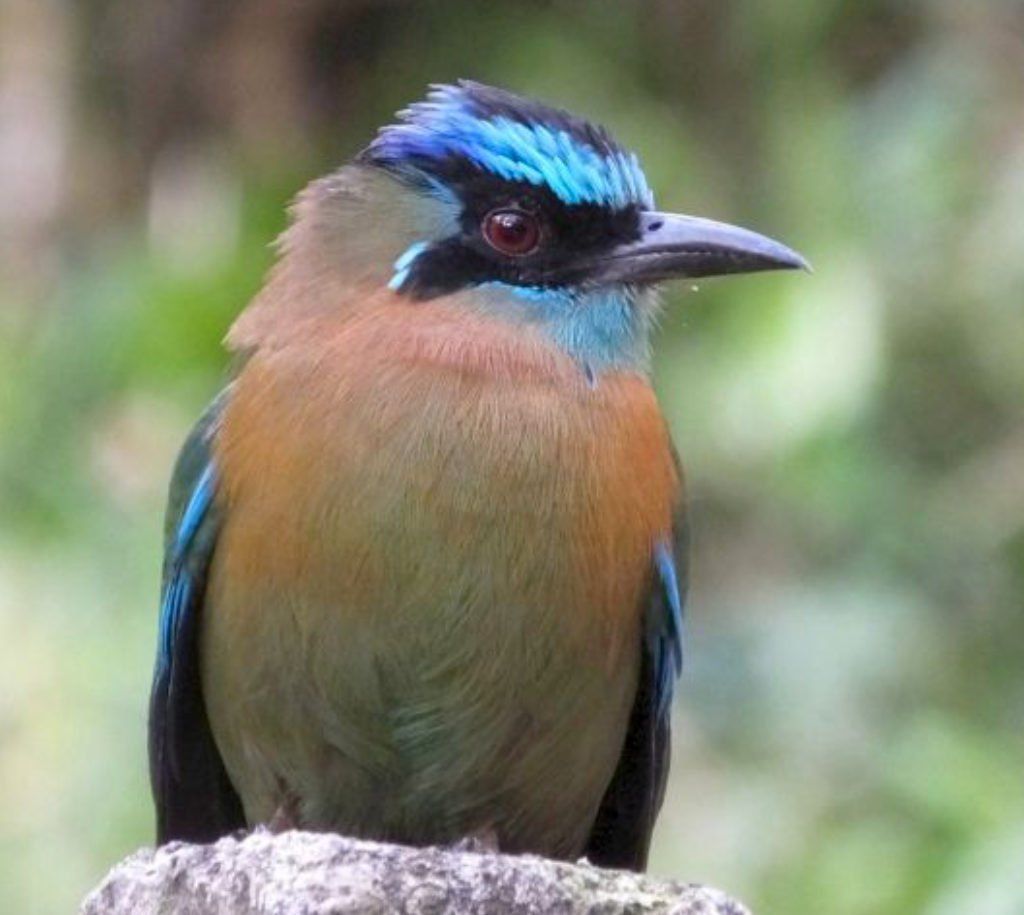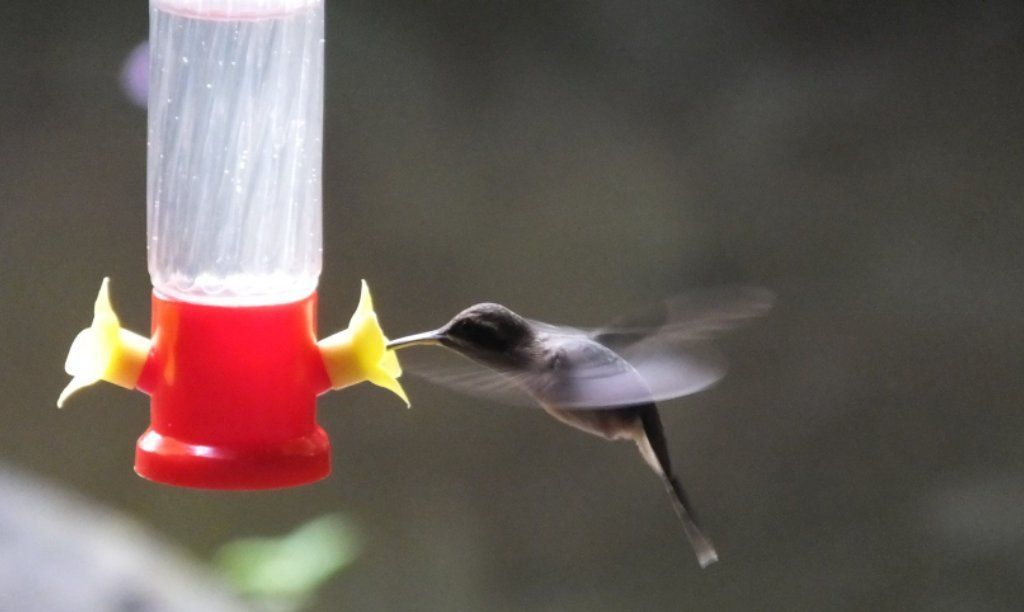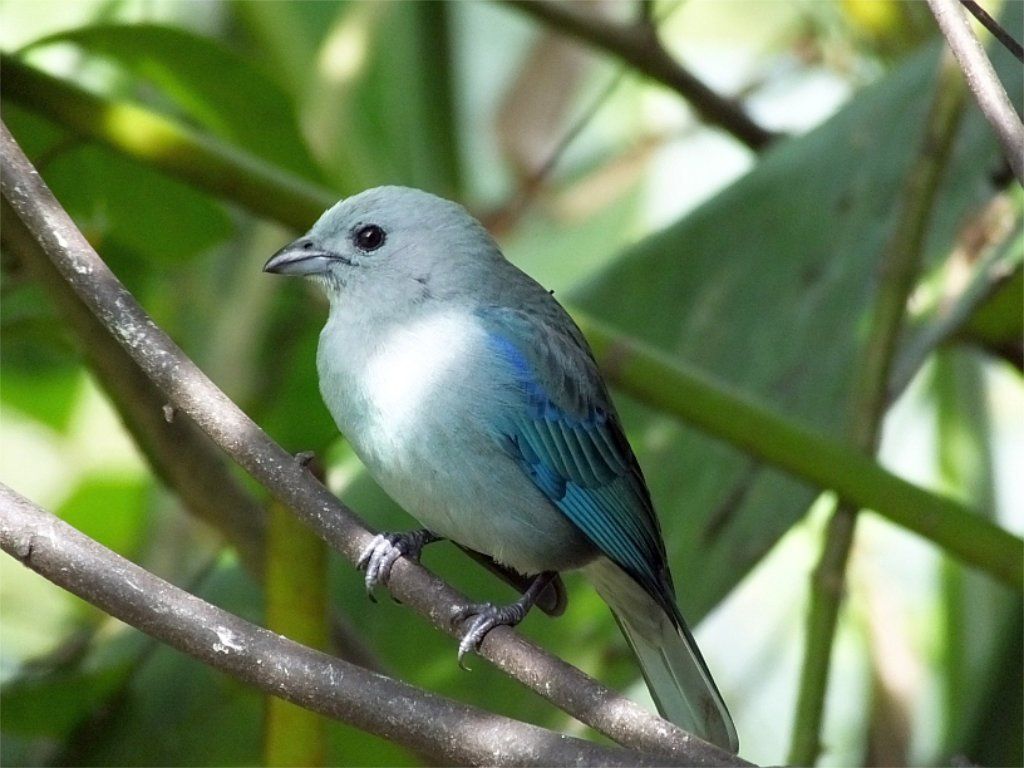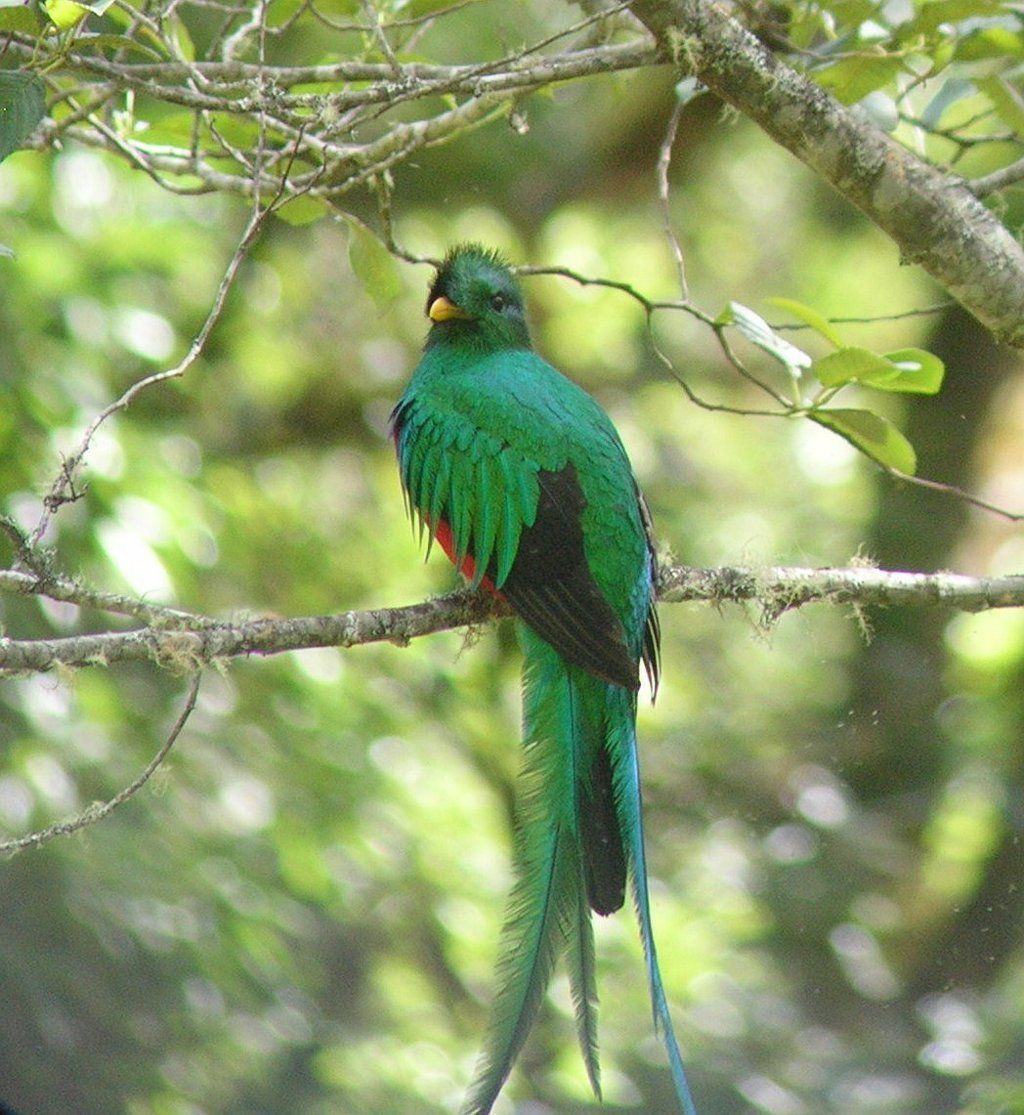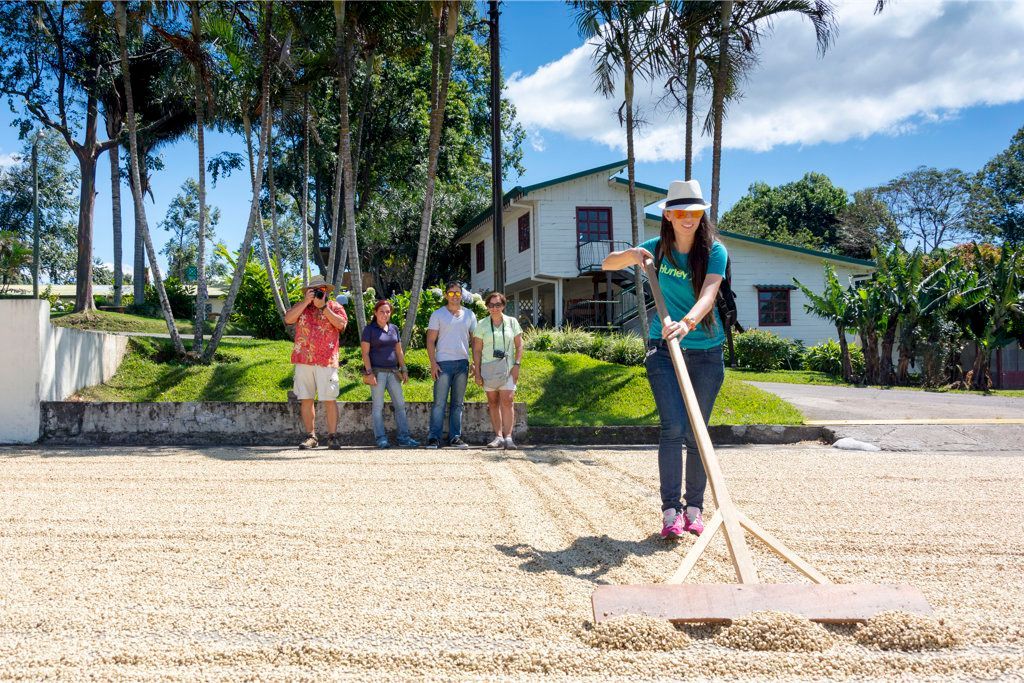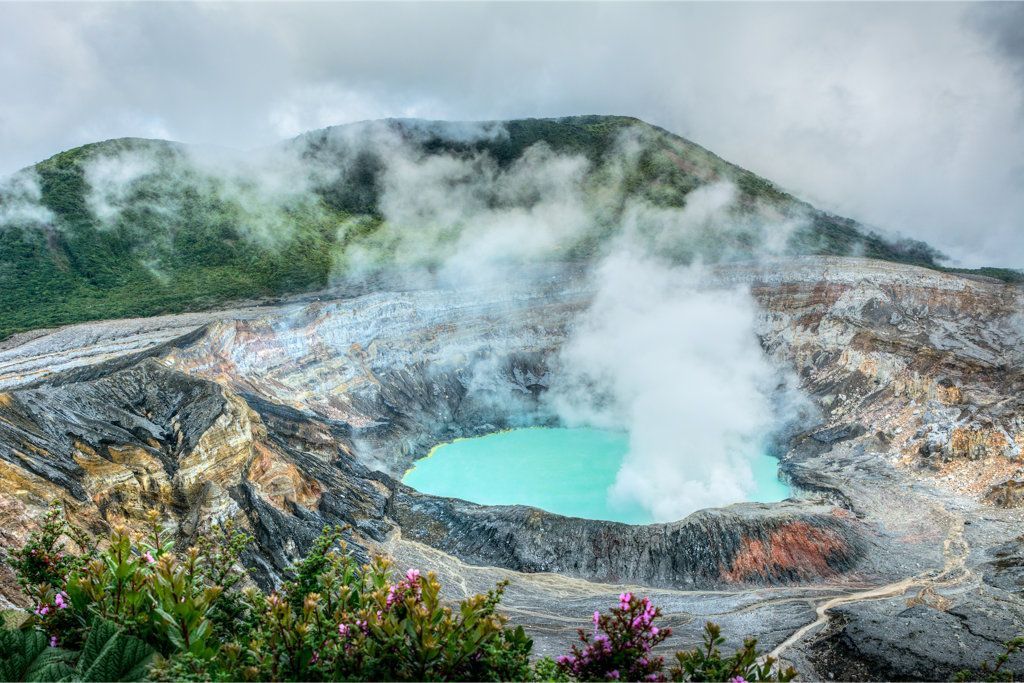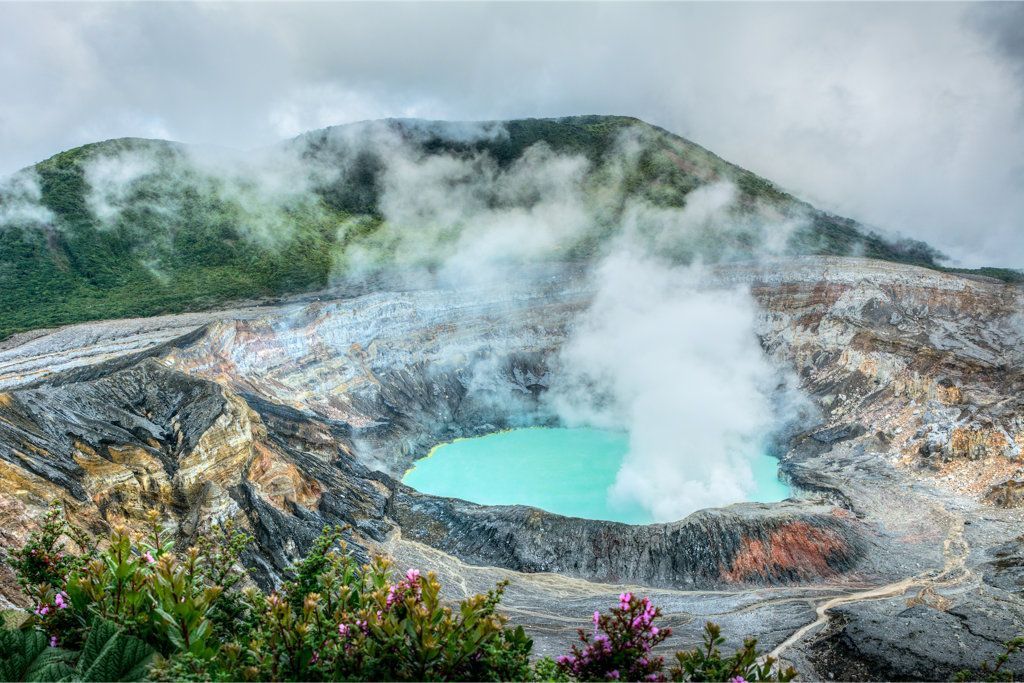Higueron Ficus – Birds love them!
The “Higueron” ficus – What is It and Why So Many Costa Rica Birds Love It?
Arrive in Costa Rica, leave the airport and not long after, the car follows roads flanked by leafy hedgerows and other tropical vegetation. Here and there, towering over the hedgerows and roadways are massive trees with wide, fluted trunks and expansive crowns. If you could stop and look up into the leaves high overhead, stop to check the branches, you will see birds, you might see a lot. These impressive trees have been growing for more than a century, some for at least two hundred years, and during that time, they have played critical roles for countless numbers of birds. This tree is the “higuerón”, one of the most important trees in the Central Valley of Costa Rica.
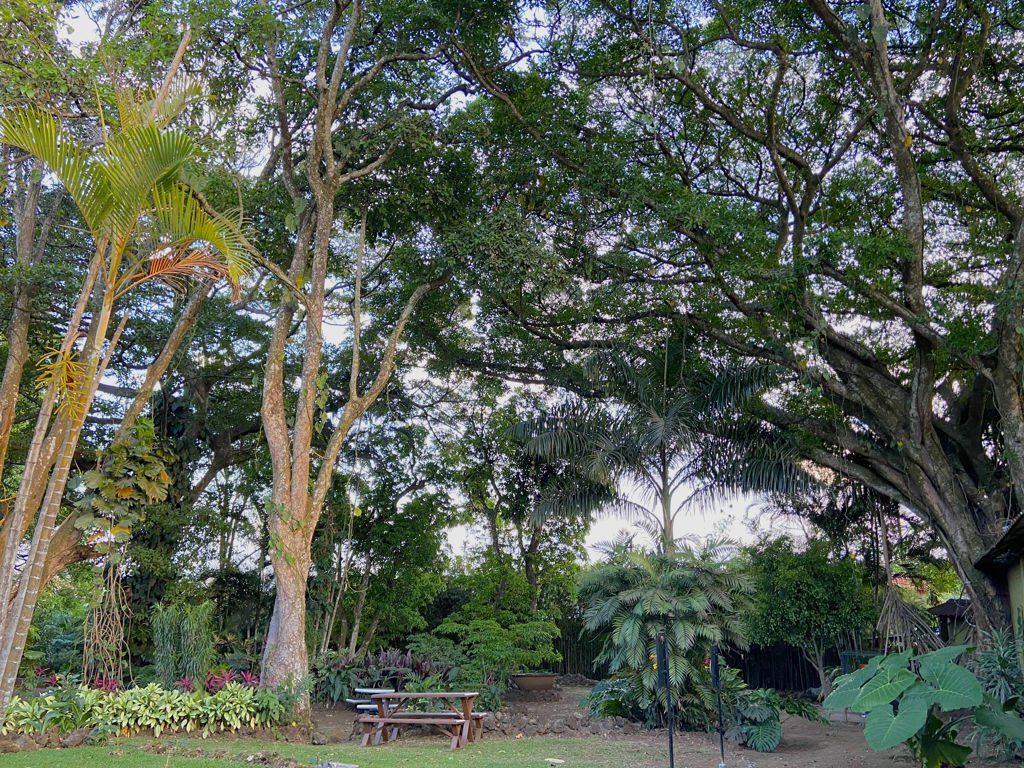
“Higuerón” translates to “big fig” and in Costa Rica, refers to Ficus species that become trees with large fluted trunks and heights of more than 15 meters (40 feet). Although these large trees are not the same type of fig tree that produces the figs we eat, they are related to it and produce smaller fruits enjoyed by many animals. 50 species of fig trees grow in Costa Rica, including the climbing fig and the Common Rubber Tree but the ones that dominate remnant forests of the Central Valley tend to be strangler figs ; Ficus species that start as an epiphyte growing on a branch of another tree, send roots to the ground, and then, over many years, envelope the host tree with roots, branches and a trunk. This process eventually kills the host tree, effectively strangling it.

Despite the seemingly macabre nature of Strangler Figs, in Costa Rica and elsewhere, they play key roles in local ecosystems. The large number of fruits they produce act as much needed food for everything from toucans to large flycatchers, parrots, tanagers, and other species. In more forested areas, they are also frequently enjoyed by Spider Monkeys in the day, Kinkajous at night, and other animals. Essentially, such trees act as a veritable bonanza of sustenance, especially during the dry season or times when other trees lack fruit.
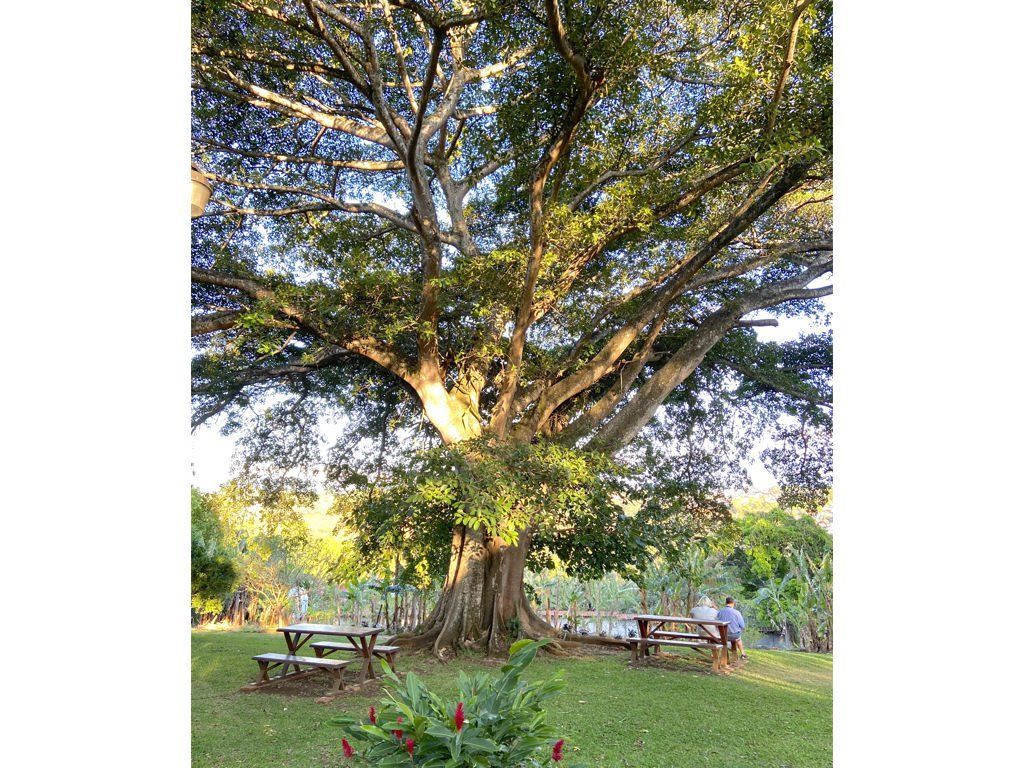
In the Central Valley, large remnant figs occur here and there, including in the gardens of Villa San Ignacio. Those massive beautiful “higuerones” are some of the main reasons why so many birds visit and thrive on the grounds of the hotel. When fruiting, they act as an important food source for Lesson’s Motmots, parrots and parakeets, many Clay-colored Thrushes, migrant species, tanagers, saltators, occasional Long-tailed Manakins, and even Keel-billed Toucans and Fiery-billed Aracaris. With so much original forest having been cut down in the Central Valley long ago, and so few large fig trees left standing, every remaining “higueron” is a vital source of food for resident birds.
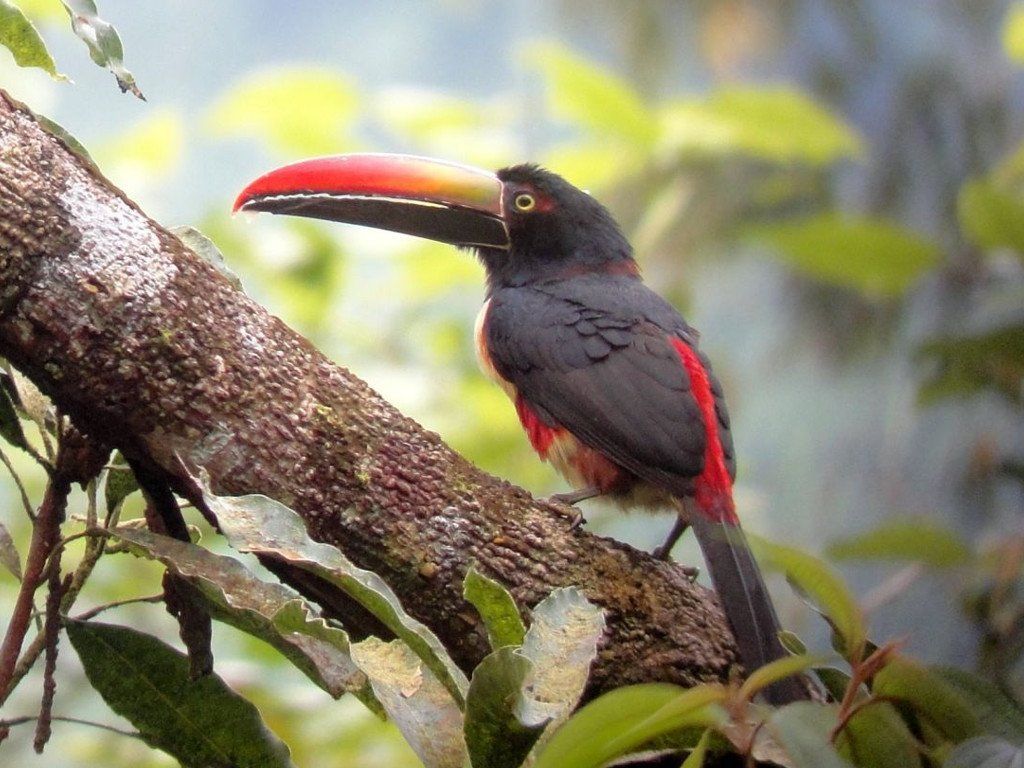
The “higuerones” at Villa San Ignacio are pretty easy to recognize, just look for the biggest, most impressive trees with sculpted, fluted trunks. Upon seeing one, check the branches high overhead, we bet you’ll also see some birds!
Blog by Patrick O’Donnell
Patrick O’Donnell started birding at the age of 7 in Niagara Falls, NY. A biologist by trade, he has worked on bird-related projects in a number of places and has guided birders in Ecuador, Peru, and Costa Rica. Patrick has lived in Costa Rica since 2007 and when not birding, writes about birds, travel and tourism, and other topics.
The post Higueron Ficus – Birds love them! appeared first on Villa San Ignacio | Hotel near San Jose and Alajuela | Costa Rica.
